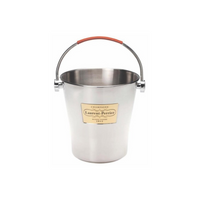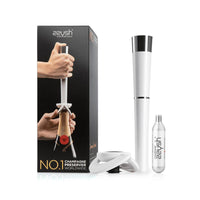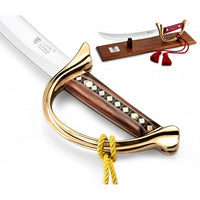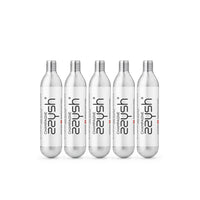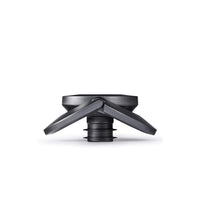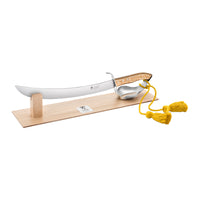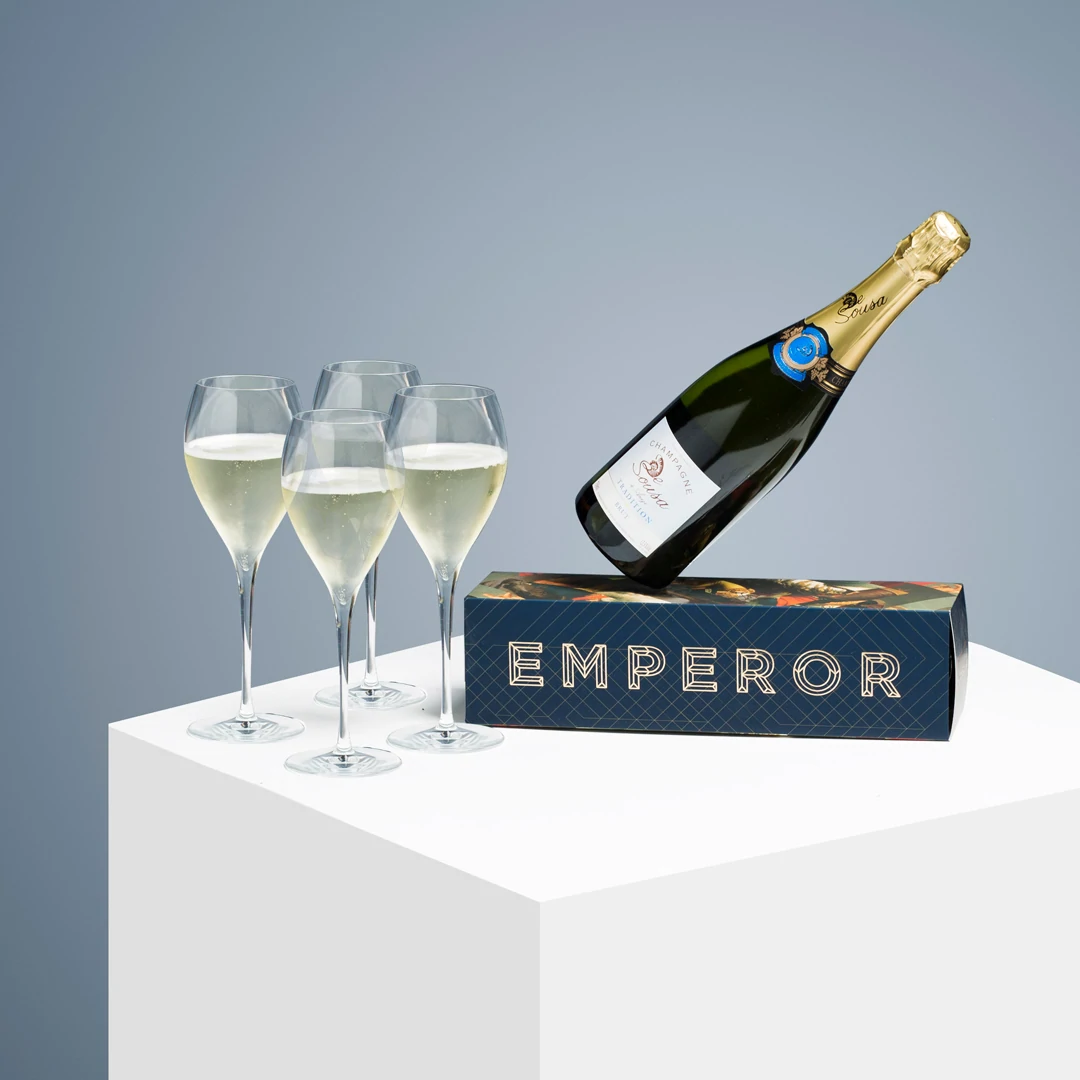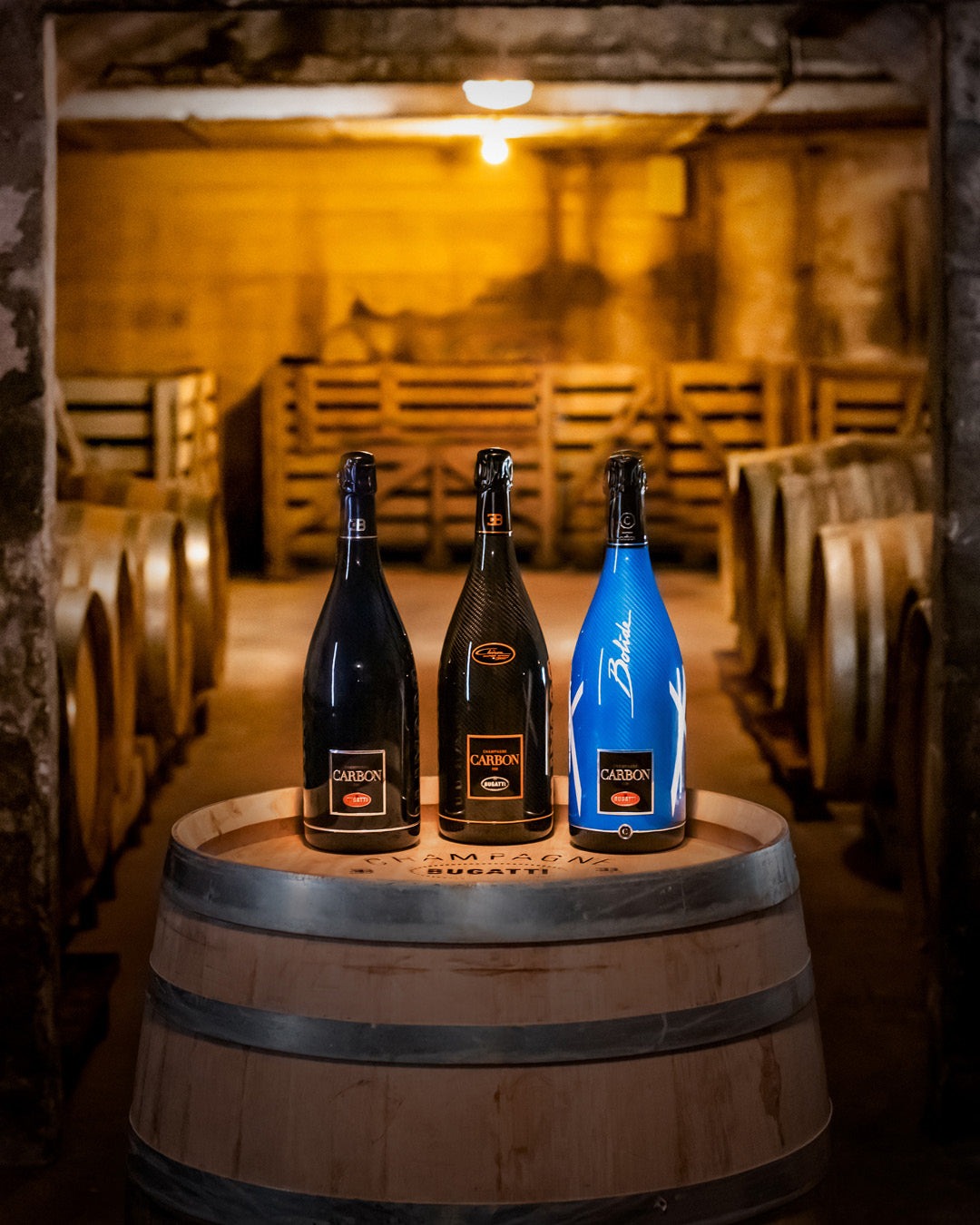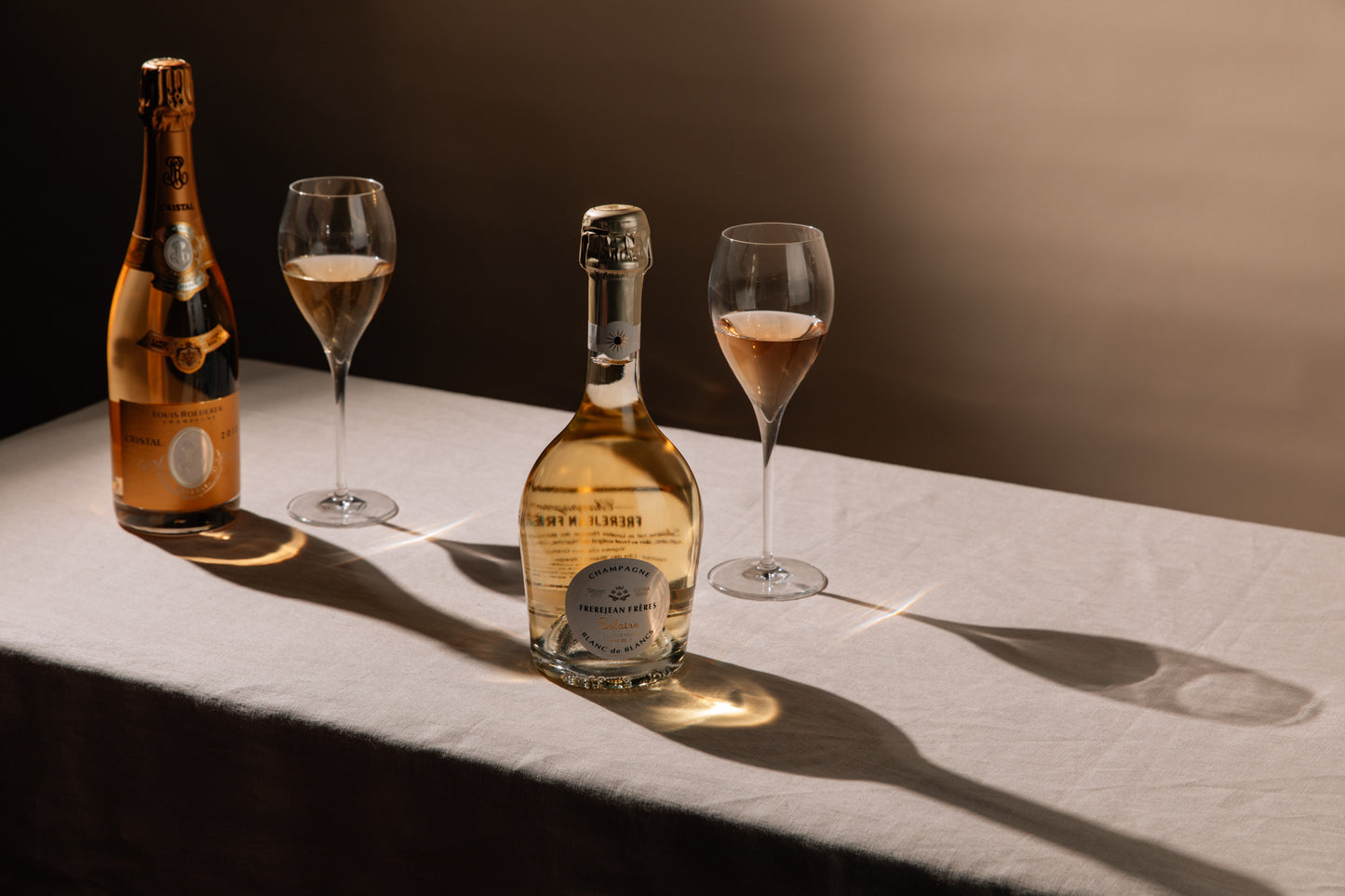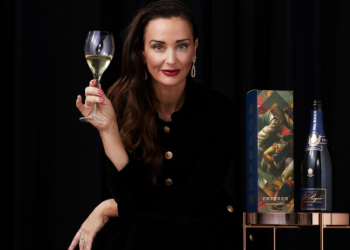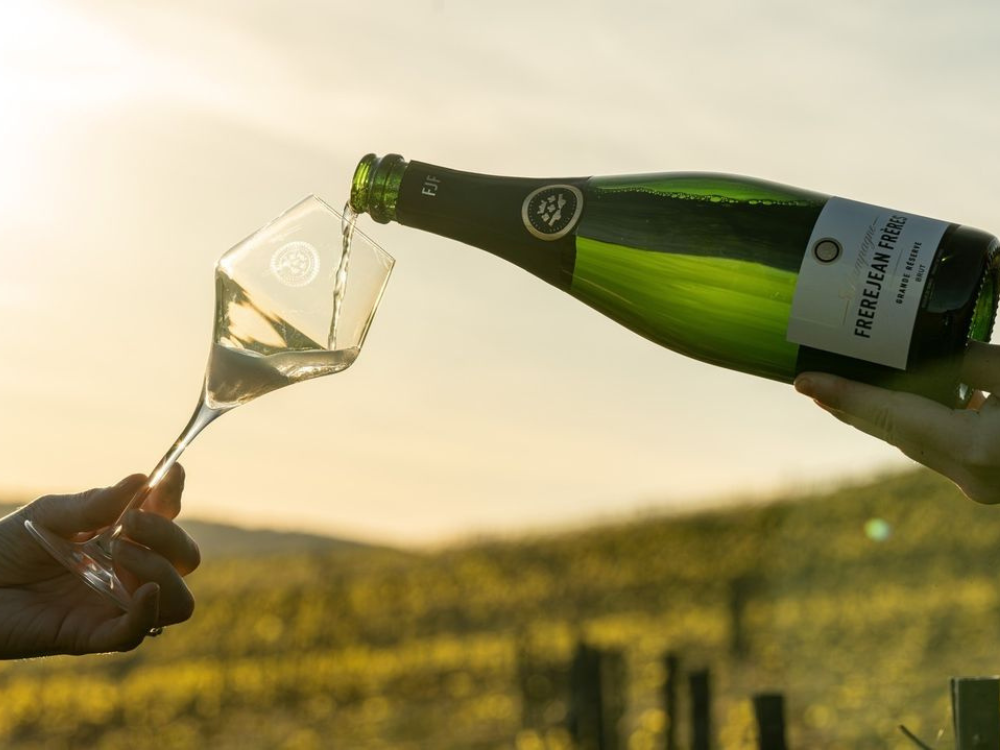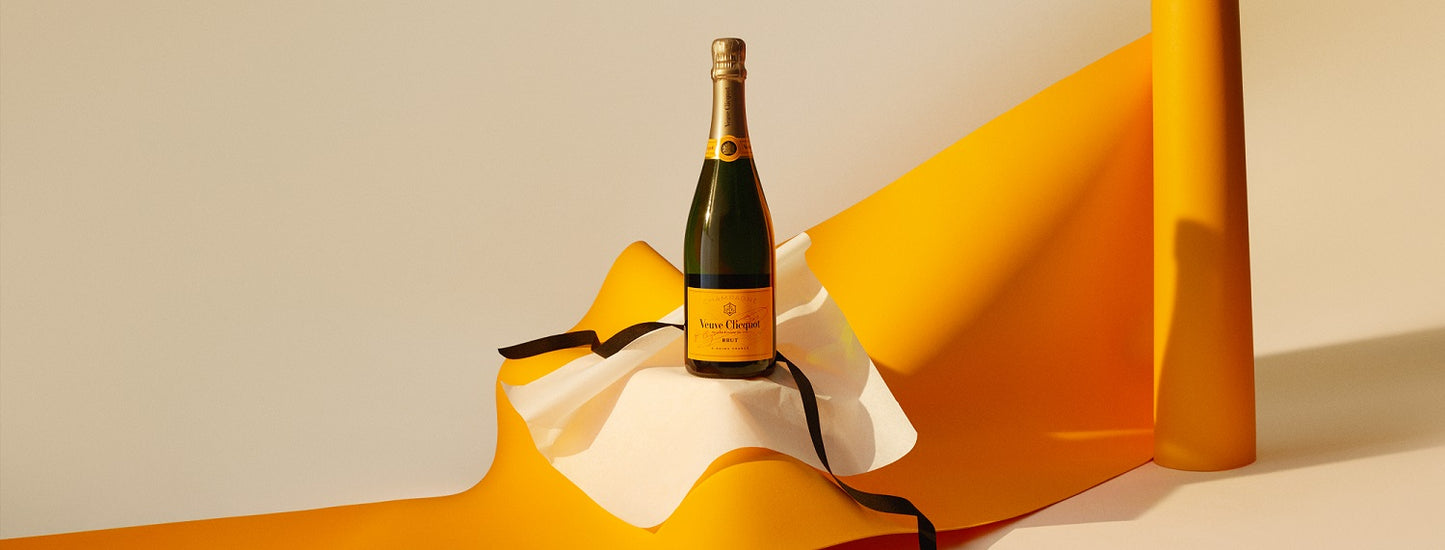
Finding your favourite champagne is likely to get harder. Here’s why.
Following a succession of lockdowns, and a curtailing of usual expenses like travel, many Australians' discretionary incomes have shifted to smaller luxuries...like champagne. This helps explain why, in 2020, Australia recorded the highest growth of champagne sales among Western countries, establishing itself as the sixth biggest market in the world.
But with this spike in demand, and some reduction in production of Champagne in France, some major champagne brands are now running very low on stock in Australia. This will cause disruptions in the Australian market this year...and for a few more years to come.
What does this mean for you? Buying champagne from the larger houses will get harder - and more expensive.
Australia bucking the global champagne trend
With the closure of restaurants, bars and clubs in many countries thanks to the global pandemic, champagne sales plummeted globally. The top three champagne markets - the US, UK and Japan - all saw a massive drop of champagne imports of around 20%.
Only one country bucked the trend: Australia.
Indeed, champagne imports recorded a growth of 11.2% in 2020, reaching 8.5 million bottles for a value of around $200 million ( €126.1 million). This represents the second best year in the history of champagne imports in Australia in 10 years!

Champagne imports in Australia by volume and value (CICV, 2021).
If Australia’s champagne imports had been growing steadily since 2011 (an average of 7,9% annually), last year was a real game-changer. Within a few months, Australia was propelled to the sixth biggest Champagne market by volume, and seventh biggest market by value as shown in graph below.

Evolution of exports to the 15 leading markets (CICV, 2021).
Did you know? The average Australian consumes 2.6 liters of champagne (or sparkling wine) per year (IMF, 2020).
Limited champagne stocks in Australia
“There is so much demand that we are finding it very difficult to keep up!” explains a Major Champagne House Representative (who asked not to be named). “During COVID last year, [our house] actually stopped disgorging and the flow on effect has been massive. This, combined with delays in shipping, strikes at ports around the world and the time it takes to get containers sent to Australia has certainly been challenging.”
He continues by stating that “Australia is currently one of the top 3 markets for [the house] globally. According to sales data from the IRI National Liquor Read Market Edge report March 2021, Champagne sales Australia wide have grown at 40% MAT from a year ago”.
This trend is also to the benefit of the hospitality industry, with people asking for premium food and wine experiences. Restaurants have witnessed “an average spend per head increasing by as much as 30 to 40% with people willing to spend up big” reports the Representative.

Champagne house Billecart-Salmon saw their sales increase by more than 60% in Australia in 2020, especially in their prestige cuvees and vintage champagnes. “We all have been indulging ourselves during these difficult times. Trying and drinking premium champagne was part of it. It benefited premium houses such as Billecart-Salmon” admits the House’s Export Manager, Pierre Pommarede.
But an increasing demand doesn’t always lead to more offer. In this case, champagne houses are limited by the amount of fruit they can pick, the number of staff they employ and first and foremost, their quality standards. It takes time to make champagne: years to grow the vines and even more years to age the wine on lees. Many of the bigger brands age their champagnes for the minimum legal requirement of 15 months. Many, however, choose to keep their wines ageing in their cellars for longer, from 3 to 4 years on average.
“Billecart-Salmon policy over the decades has not been chasing volume but rather to keep improving the quality. Of course, sudden increases of sales put pressure on the cellars and quality houses are forced to put allocations for each market” confesses Pierre Pommarede.
Several champagne brands will thus be on allocation-only in Australia, in a way to avoid a long-term shortage, such as Veuve Clicquot, G.H. Mumm, Bollinger, Billecart-Salmon, Moet & Chandon and others.
Future challenges - Less grapes harvested
Responding to the pandemic crisis, the Champagne Committee decided in 2020 to “fix” unprecedented limits on the quantity of grapes allowed to be harvested. This was done in hopes of maintaining the pricing of champagne in the long-term.
Producers were thus limited to harvest 8,000 kilograms of grapes per hectare, the equivalent of 230 million bottles, a 21% decline from 2019’s harvest.
More recently, a wave of frost caused widespread damage to the vine buds in Champagne. With temperatures dropping below - 8 degrees Celsius for two consecutive nights, the green shoots of the vines were deeply affected and frozen. This led to the cell breakage of thousands of vine buds across the region, the very source of the year's crop.
For a lot of champagne producers, the consequences are detrimental. Champagne Drappier reports a loss of 80% of the Chardonnay, Petit Meslier and Arbanne crops. Same goes for bigger producers Moet & Chandon (25% loss in Chardonnay crops) and Louis Roederer (up to 20% loss overall).
This led a number of producers to light up fires in their vineyards, in the hope to prevent their crops from freezing.

French producer using fires to save his crops.
What does it mean for the champagne lovers?
In a nutshell, if Australians continue to regularly drink champagne over the next few years (and why wouldn’t they?), finding your favourite champagne is likely to get increasingly harder, and also more expensive.
So it’s time to wander off the main road and discover how broad the world of champagne really is!
“With shortfalls in supply this is a great time to turn to other Champagnes and enjoy them to the fullest!” says our Anonymous Representative.
We agree! This is the ideal opportunity to broaden your horizons, diversify your palate and get a taste of other amazing champagne houses. There are more than 16,000 producers in Champagne - and 360 bigger Champagne houses - so there is little doubt you will find a many champagnes you like once you take the chance to explore.
With over 300 cuvées, Emperor Champagne is your perfect ally to explore different styles of champagnes. Boutique growers, Organic and Biodynamic vignerons, Family-owned houses and prestigious Grandes Marques are all represented at Emperor. Give us a call!
Sources: Comité Champagne 2021.

